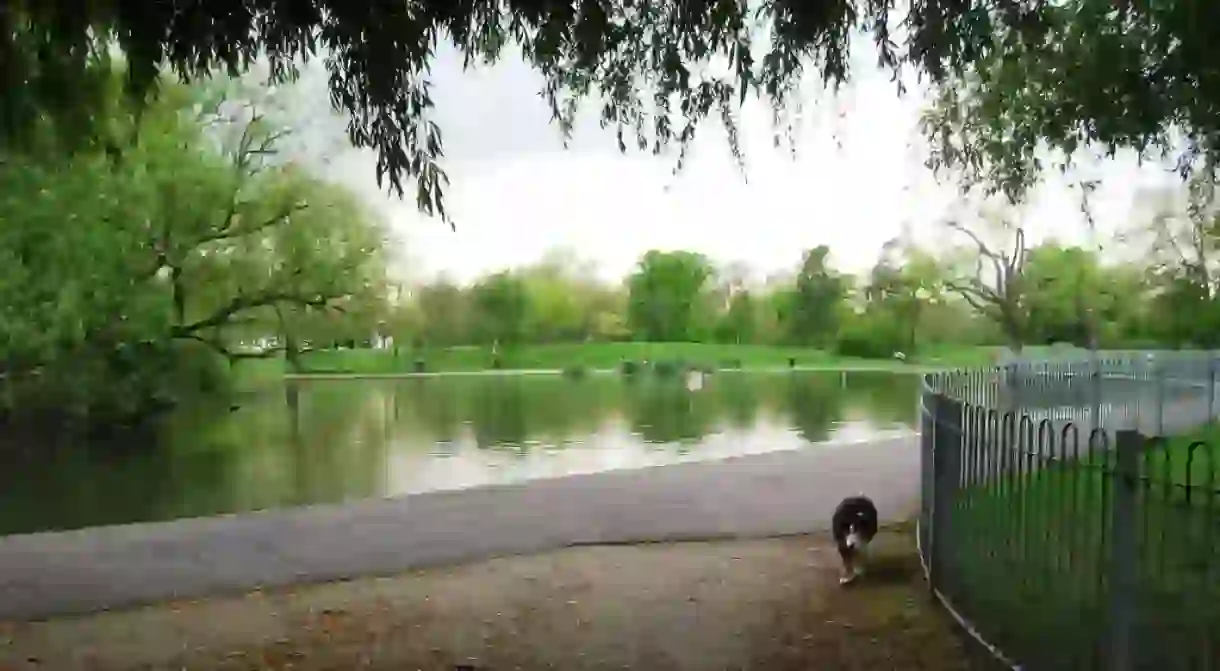A Literary Tour of London: Graham Greene's Clapham

Renowned British novelist Graham Greene is inextricably linked with London’s Clapham area. He lived at 14 Clapham Northside from 1935 until he was forced to leave in 1940, due to bomb damage. His subsequent novel The End of the Affair is set in Clapham in the closing chapters of the Second World War.
The novel follows – and is narrated by – Maurice Bendrix, a writer and Clapham resident (much like Graham Greene). He has had an affair with a married woman, Sarah Miles, which has left him bitter, desperate and overcome with jealousy that she now has other lovers. After a chance meeting with Sarah’s husband, who is now suspicious of his wife, Maurice hires a private detective to delve into Sarah’s personal life. This detective brings him Sarah’s letters and private journal, and through these he learns the real reason for the end of their affair.
A well-known adulterer, events in the book mirror Greene’s own experiences in the Second World War. Like the narrator, the author had many lovers and dedicated The End of the Affair to “C” – Catherine Walston, his long-term mistress during the war.

Clapham Common, London, is central to the setting and narrative of The End of the Affair. The narrator lives in a bedsit, as he puts it, on the “wrong side of the common,” the South Side. His lover, Sarah, and her husband, on the other hand, live on the opposite side, which one can infer would be the “right side”. This differentiation immediately sets up the social and economic differences between the narrator and Sarah’s milieu. The Common also plays a key role in the plot development in The End of the Affair. At the beginning of the novel Maurice meets Henry Miles, Sarah’s husband, on the Common and through speaking to him becomes suspicious that his ex-lover – the novel is told through flashback sequences – is having more adulterous affairs with other men. The climax of the novel is also triggered by Clapham Common, as Sarah later dies after taking a walk in the rain on it.
Other key geographical locations that are portrayed in The End of the Affair are the “Pontefract Arms” – The Windmill – where the narrator goes to drink and the “the dark church at the corner of Park Road – a Roman Catholic church full of plaster statues,” which would be understood to be St Mary’s.
Indeed, this final location is the nexus of the novel and its thematic exploration of God, faith and especially Roman Catholicism. The secret to the end of the affair (*spoiler alert*) is a promise that Sarah made to God during a bombing within the novel, a vow that goes on to shape the rest of the plot as well as the lives of Sarah and Maurice. Through this, Greene examines the Christian faith, and contrasts the splendour and devotion of religious love with the corruption of human love.
The End of the Affair is a novel set in, on and around Clapham Common, an important area in the south of London. This location proves pivotal to the narrative set up within the text, and through it Greene manages to evoke the war-torn London that he himself must have experienced when living there. There are other, significant parallels with Greene’s own experiences in the novel, including his own Catholicism.













